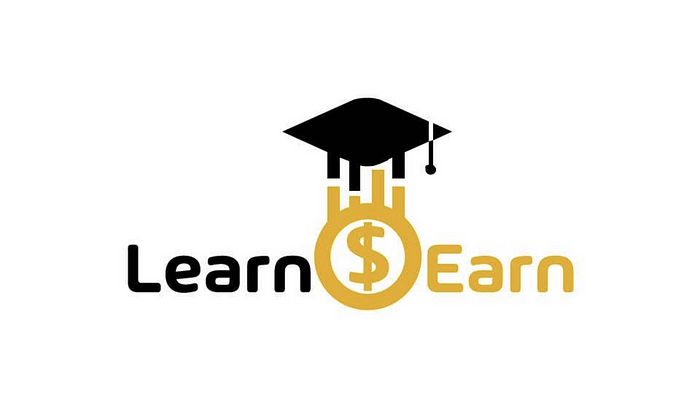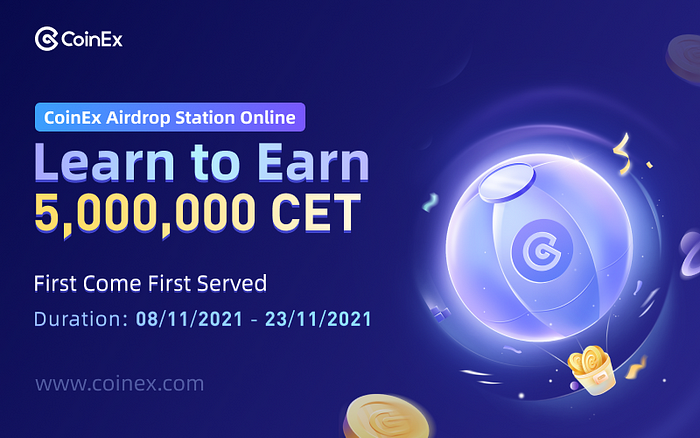 The common elements of all crypto projects
The common elements of all crypto projectsThanks to the DeFi boom since 2020, the entire crypto market has prospered. Attracted by the charm of decentralized finance, crypto users have been extensively involved in DeFi for huge profits. From the explosion of DeFi projects like lending & borrowing, DEX, and staking on the Ethereum chain through BSC to the rise of public chains like Solana, Avalanche, and Fantom, the DeFi ecosystem has grown more diverse. At the same time, the market has developed an evaluation standard for DeFi projects, covering metrics such as TVL, on-chain data monitoring, product profile, competition analysis, the model of the token economy, APY/APR, mining, airdrops, etc.
As DeFi players compete for shares in an established market, the crypto market and the DeFi sector have gradually stabilized and entered a period of adjustment. Meanwhile, the crypto market was once again ignited due to the boom of Axie Infinity in the third quarter of 2021.

According to the above chart, the exponential growth of Axie Infinity’s “Play to Earn” community and user base in May sent its protocol revenue and market cap soaring. For game projects, the sustainable improvement of user statistics and growing protocol revenues are one of the major metrics for assessing their quality.
Along with the rise of the P2E (Play to Earn) concept and the flourishing of “game farming” guilds, GameFi projects have emerged in the ecosystem of all the major public chains. It is thus crucial to identify superior game projects and assess their quality. From emergence through development to surge, we can always see similarities between GameFi and DeFi. Moreover, the two also share many similar evaluation criteria. In the following paragraphs, we will focus on the key metrics and fundamentals of GameFi projects and project the trend of the next-generation GameFi games.
Evaluation metrics of GameFi projects
The crypto market now abounds with blockchain games with mixed quality. Under such a circumstance, it is particularly important to distinguish a suitable game project from its peers and evaluate the quality and market cap potential of a game project.
By referring to the successful operation of outstanding projects like Axie, it is clear that the flourishing of a game project, especially a P2E project, is always underpinned by the key metrics as below:
1. On-chain/off-chain metrics:1) UAW (Unique Active Wallets): The term refers to the number of unique addresses that interact with a given smart contract; therefore, UAW does not translate to (daily) active users (DAU). A single individual might utilize different wallets to interact with a single DApp.
2) DAU(Daily Active Users): For any blockchain game, the active login represents the most important data besides the total protocol revenue. A game would not grow soundly without a healthy login curve.
3) New users: The term means the new accounts created on a daily basis. A massive increase in daily new users is mostly achieved through market promotions and reward events. For instance, relying on Rank competition, a weekly marketing event featuring thousands of dollars, Town Star has kept drawing new users in the short-mid term.
4) Retention: Generally speaking, there are active retention and beginner retention. Retention is the most critical metric for evaluating games, covering next-day retention, 7-day retention, 14-day retention, and 30-day retention. Short-term retention (within 7 days) could be achieved through well-timed events. However, when it comes to long-term retention, the only thing that matters is the quality of the game and project. In February, Axie’s 30-day retention reached a staggering 60% — 33,000 of the 21,000 daily active users held Axies that month.
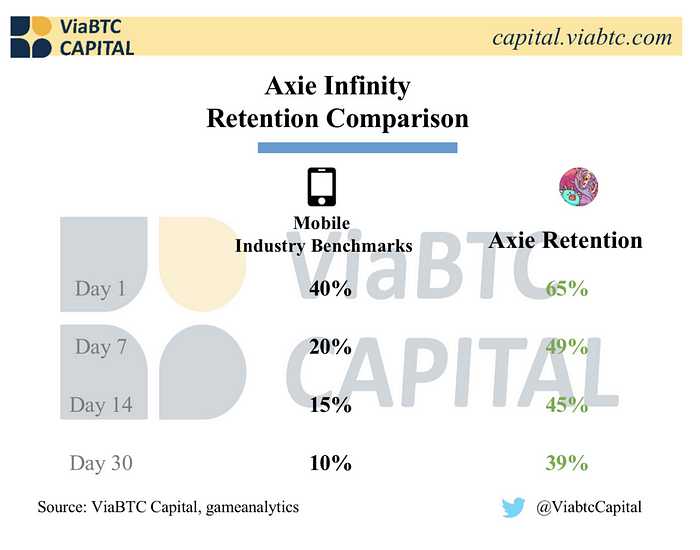
5) Average online time: This metric depends on the type of a game. In a nutshell, you cannot compare the average online time of Angry Birds to that of World of Warcraft, which is meaningless. The primary function of this metric is to evaluate: 1) Whether the game runs in a sound condition: For example, for an MMORPG with an online time of less than 3,000s, the game is basically doomed if it introduces no special gameplay. 2) Peer competition.
6) ACU(Average Concurrent Users): It provides a more accurate way to assess the real conditions of a game than login, which may fluctuate due to sub-accounts, large increases, etc. ACU, on the other hand, avoids these problems. It should be noted that this metric does not apply to P2E projects or guild projects.
7) Cost per player: Based on the current prices, the cost per player of blockchain games normally falls within the range of 200 USDT — 500 USDT. In terms of the time cost, it is best if a player can achieve payback within two to three months, which is ideal for P2E projects and gold farming guilds considering their costs of the operating cycles. Inappropriate game costs (too high or too low) and payback periods (too long or too short) will both harm the development of projects/guilds and user popularity.

The floor price of paid NFTs/items and trade frequency: Paid items are the entrance threshold of players and one of the major sources of project revenue. Excessively expensive items will drive away users, while the payback period will be shortened if the item price is too low, which harms the long-term retention and project revenue. Additionally, we should also check whether the trade frequency can support the trading among players based on the in-game liquidity.
9) Total protocol revenue: Most blockchain game project would release their total protocol revenue. However, when it comes to Layer 2 projects, we will need to authenticate the statistics because the data is not recorded on the blockchain and it costs negligible fees to fake good statistics.
2. Game fundamentals1) Game categories: Different types of games come with different gaming experiences and operating methods, which means that the above metrics may also vary. Furthermore, the category of a game is also a major indicator for measuring its development & operating difficulty and user popularity. We also listed some of the conventional games for your reference.
RPG: The criteria of these games, covering MMORPG (including turn-based games) and ARPG, are the playing difficulty and player immersiveness. Typical RPGs include Legend, Fantasy Westward Journey, and Three Kingdom RPGs.
Card games: These easy-to-play games have a wide target group because players can fully use their fragmented time to play. The primary criteria for card games are the design of draws (rarity) or card build (e.g. upgrade the card quality, enhance the equipment). Typical card games include Hearthstone.
Anime games: These games are often mid-small-sized projects that may also go viral, such as Genshin and Collapse Gakuen.
MOBA: The MOBA sector is always under cutthroat competition. Additionally, it is technically difficult for a blockchain game to pursue MOBA. Moreover, things could get tougher with traditional game developers as competitors. Typical MOBAs include LOL and PUBG.
Undeveloped markets: Waiting games targeting female players, such as Township and Moe Girl Café.
2) The cost of mobile game engines: The predominant game engines include Unreal Engine and Unity Engine. Large-scale games and 3D rendering cannot make it without the substantial support from engine development. Meanwhile, the use of game engines also reflects the development capacity and budget of a project.

3) Existence of the gold farming guild/community: In the conventional game sector, guilds are a well-established and specialized market segment. For instance, the boom of Axie Infinity cannot do without the support of Yield Guild Games (YGG), a Philippines-based game guild. A large user base and the rental approach of YGG attracted plenty of users to Axie Infinity and made users more loyal. YGG is one of the major drivers for the participation of guilds and non-crypto players in Axie, which was initially limited to a few crypto users. This has brought a massive increase in protocol revenue, on-chain/off-chain statistics, and NFT liquidity.
4) Cost and payback period: Considering the cost per user as stated above and the period of gaming fatigue, the best strategy is to set the purchase price at 200 USDT to 500 USDT and the payback period at three months.
5) In-game token recycling: One of the metrics for evaluating a blockchain game is whether there is a sound recycling and internal logic concerning the gaming cost and returns of the token economy and the increase in new players. This also relates to the adjustment of the in-game economy and gameplay in today’s established market of blockchain games. When it comes to token recycling, we can refer to AXS, dual token models, or the token economy of certain typical blockchain games.
6) Gameplay: It is a major component of the life cycle of games and also the hotspot for the next-generation blockchain games.
3. Gameplay — The next GameFi hotspotFirst-generation blockchain NFT games like CryptoKittie have diminished due to the lack of long-term players.
Second-generation blockchain games are P2E games like Axie Infinity. These games run the assets on well-established Layer 2 blockchain networks and operate the game itself off-chain, thereby enabling short-term gameplay with small costs and fast results and an economic model where players make earnings in the form of in-game token rewards. However, they still lack the advantages of conventional AAA games in terms of their sophisticated gaming experience, game design, and graphics, which has placed these games in a dilemma where they cannot build an established market. The staking function, adjustment of incubation values, and BettleV2 recently introduced by Axie are all aimed at the maintenance of its established market and revenue growth.
Perhaps we are seeing the exponential growth of demand for third-generation blockchain games that stimulate users through paid entertainment such as superior gaming experiences and gameplay, rather than P2E alone.
All in all, the market is shifting to second-generation and third-generation blockchain games. In the foreseeable future, these games may have to compete with traditional AAA game companies developers. Also, as blockchain games try to move beyond the crypto world, they might face a similar problem as DeFi — compliance.
Last but not least, we will recap third-generation blockchain games based on the above on-chain/off-chain metrics and fundamentals, which also provide the major reference for evaluating their growth potential and project quality.
A Recap of the Upcoming Triple-A Games in Q41) Big TimeCategory: RPG
Tags: Multiplayer action
Content: Big Time is a cooperative RPG that combines fast-action combat, the collectability of NFTs, and an adventure. In the game, players engage in multiplayer battles and collect NFTs through the purchase of NFT characters and items.
Recent launch plan: The game is now preselling a limited number of VIP Access Passes, which grant players guaranteed early access to the game and give them a head start on earning NFTs.
2) Spider TanksCategory: PvP MOBA
Tags: Gala game, MOBA Tank
Content: Spider Tanks is a multiplayer battle brawler in which players own and upgrade tanks, outfit them with powerful armaments, and battle it out in one of the many Spider Tanks arenas.
Recent launch plan: Spider Tanks’ Beta version is regularly tested (last time on September 16), and it is selling limited edition Tanks.
3) Guild Of Guardiansategory: Mobile action RPG
Tags: Over 120,000 players on the waitlist, Immutable X, free game, YGG
Content: Guild of Guardians is a fantasy, multiplayer mobile action RPG where players build their dream team of ‘Guardians’, compete in a guild to earn epic rewards, explore a rich world of dungeons, magic, orcs, elves, and more.
Recent launch plan: The game will be launched in early 2022. At the moment, it is selling NFTs and hosting a giveaway event.
4) GoldFeverCategory: Survival RPG hybrid/MMORPG
Tags: Survival, Red Dead, Gold Rush
Content: Gold Fever is a challenging free-to-play survival RPG hybrid in which you engage in fast-paced battles against the opposing faction for resources and collect limited-edition NFTs like clothes, weapons, and companions. In Gold Fever, players extract the gold represented by the native crypto token, NGL, using basic and complex Gold tools. Additionally, you can also purchase and rent out items like planes, boats, or gold mining tools as well as NFTs or services for revenue.
Recent launch plan: The game has launched an updated testnet and is inviting players for testing.
The above content should not be relied on as investment advice. Please make prudent investment decisions.




 Latest news:
Latest news: 





 Shop
Shop
 Bidding Open
Bidding Open



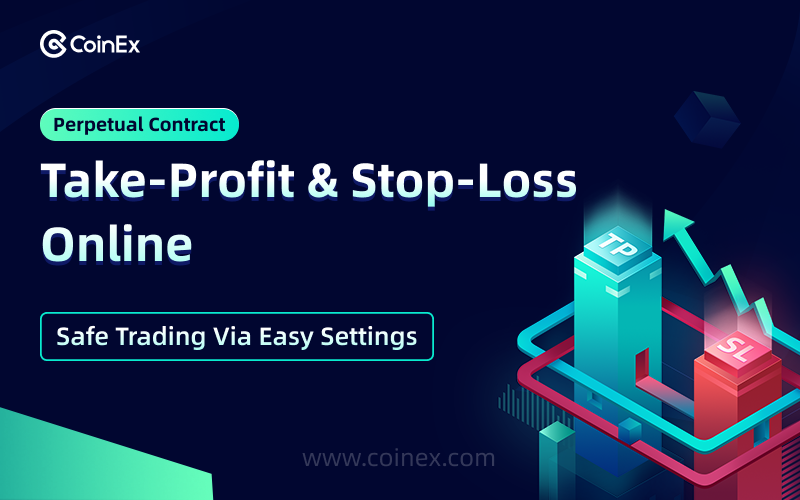

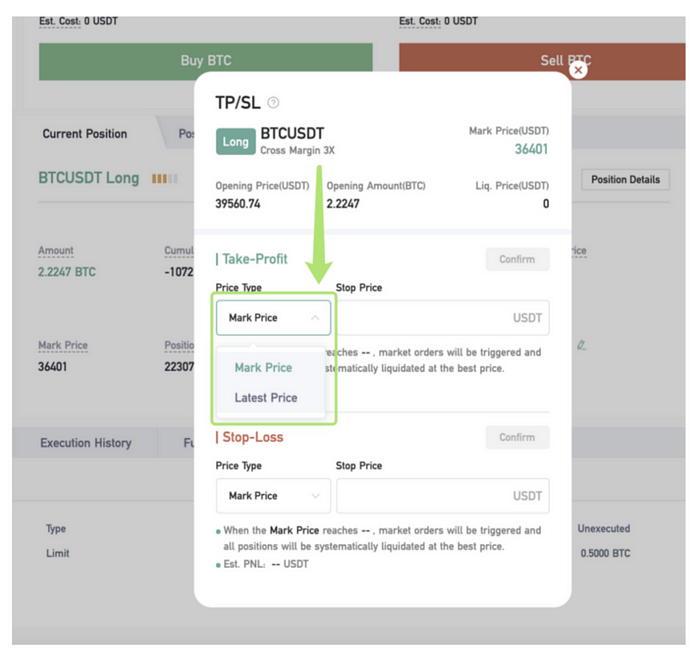
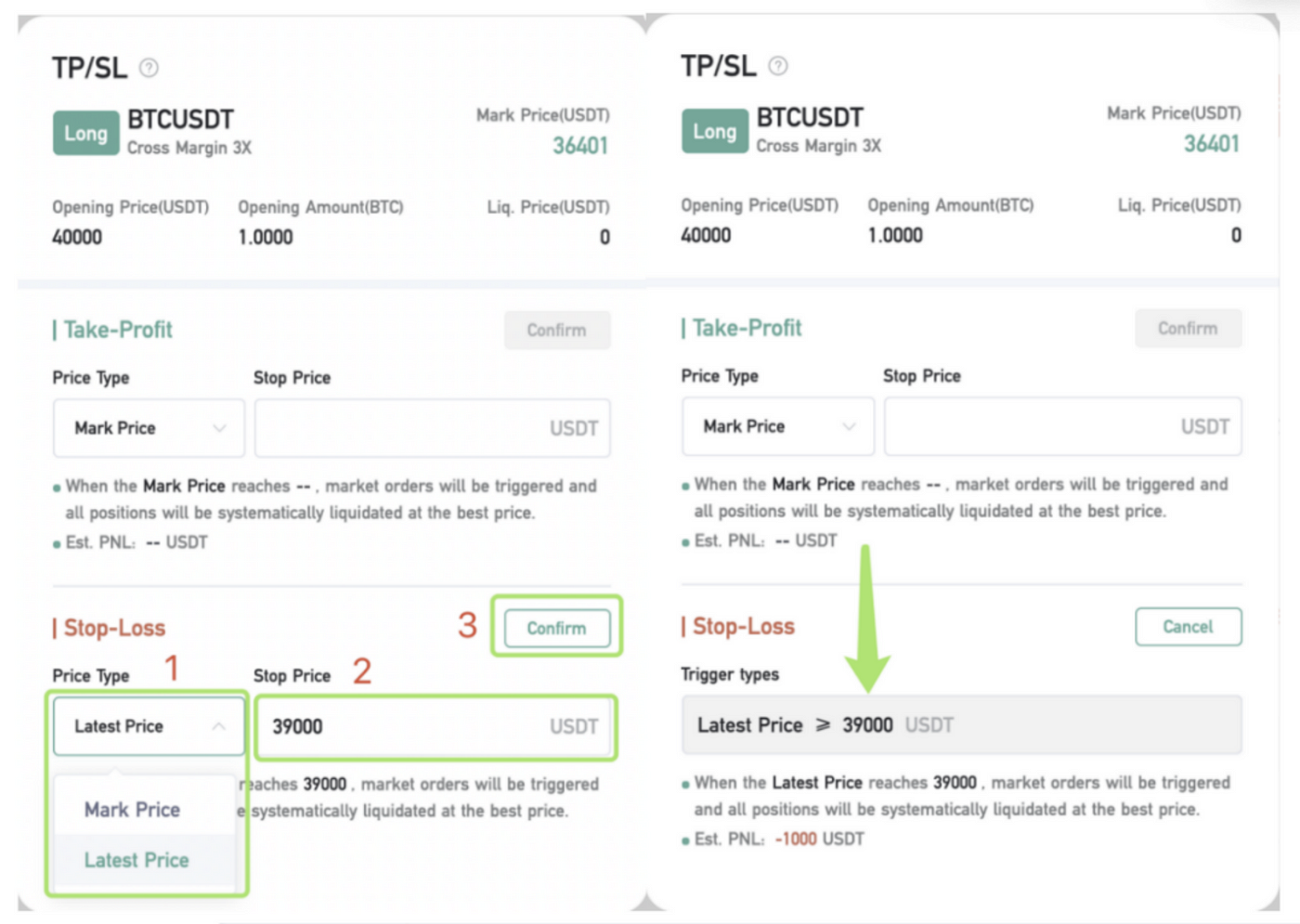

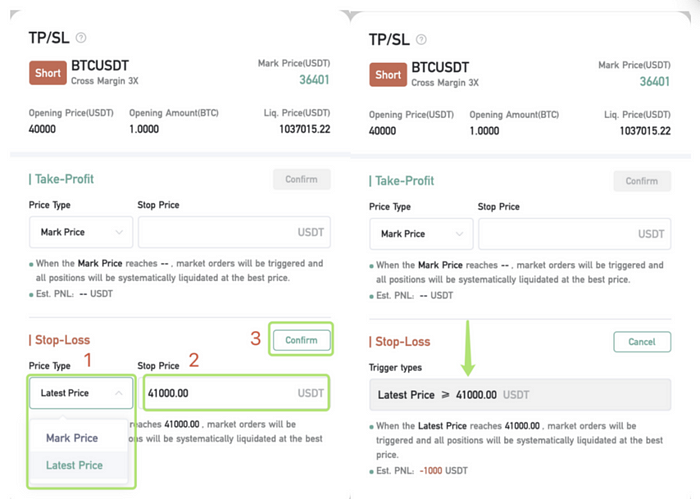

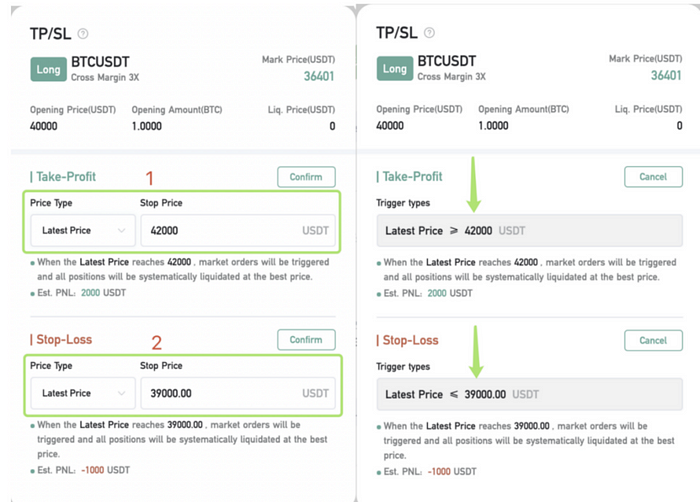









 The floor price of paid NFTs/items and trade frequency: Paid items are the entrance threshold of players and one of the major sources of project revenue. Excessively expensive items will drive away users, while the payback period will be shortened if the item price is too low, which harms the long-term retention and project revenue. Additionally, we should also check whether the trade frequency can support the trading among players based on the in-game liquidity.
The floor price of paid NFTs/items and trade frequency: Paid items are the entrance threshold of players and one of the major sources of project revenue. Excessively expensive items will drive away users, while the payback period will be shortened if the item price is too low, which harms the long-term retention and project revenue. Additionally, we should also check whether the trade frequency can support the trading among players based on the in-game liquidity.
